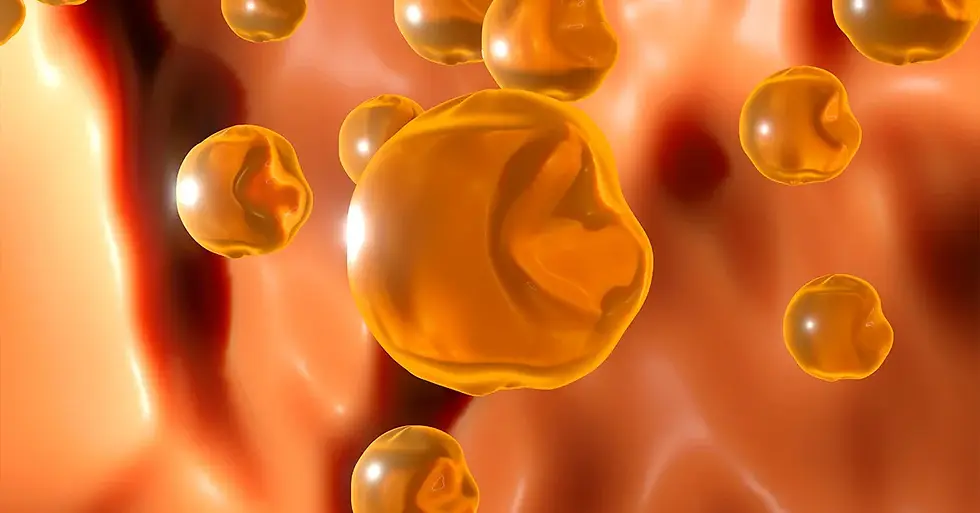Processed Food and Hypothalamic Amenorrhea Recovery
- Elina Karlsson
- May 9, 2023
- 2 min read
Updated: Jul 3, 2023
Do you associate processed food with something bad? In this post I explain how processed food may support your Hypothalamic Amenorrhea Recovery.
I am generally against labeling food as good or bad. And I encourage you to do be skeptical towards this black-and-white categorization too. If we start with natural food, there are for sure many fresh, whole foods such as veggies and fruits that are packed with essential nutrients. But there are also natural foods that may be harmful, just think about poisonous mushrooms.
Let’s now look at processed food. The purpose of food processing is foremost to make food secure and safe to eat as well as convenient to transport and store. Fermentation, cooking, drying, extrusion, milling and extraction are all processing methods among dozens of others used in food manufacturing. Let´s look at examples:
Raw cashew nuts (unprocessed) need to be processed (thermally treated) to inactivate toxins and make them safe
Raw milk needs to be processed (pasteurized) to kill potential infectious bacteria and make it safe to drink.
Pasta is made from a mixture of water flour that is mixed and kneaded, flavored and rolled
Just as with natural food, there is a wide range of processed foods: soda, ready-to-eat noodles, dried tomatoes, wholegrain rice, nuts, doughnuts, milk, olives, coffee, yogurt, oats, dried pulses and milk. All of them are processed. Some has a higher content of nutrients, while others are not as nutrient dense. The processing itself is not determining the quality of the food. There are for sure (highly) processed foods made of low-cost ingredients that offer poor nutrition and should be consumed in moderation. But there is also a wide range of processed foods that can be a great source of nutrients and vitamins.
So next time diet industry tries to convince you that ‘natural’, unchanged, unprocessed foods are the best, think twice. Processed Food might even support your Hypothalamic Amenorrhea Recovery.









Comments